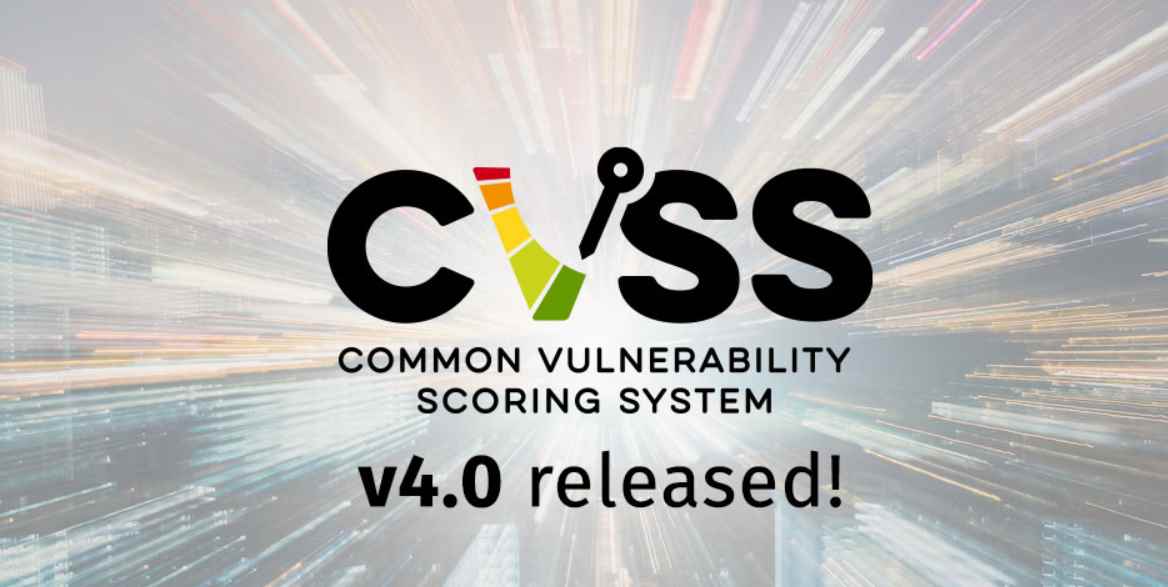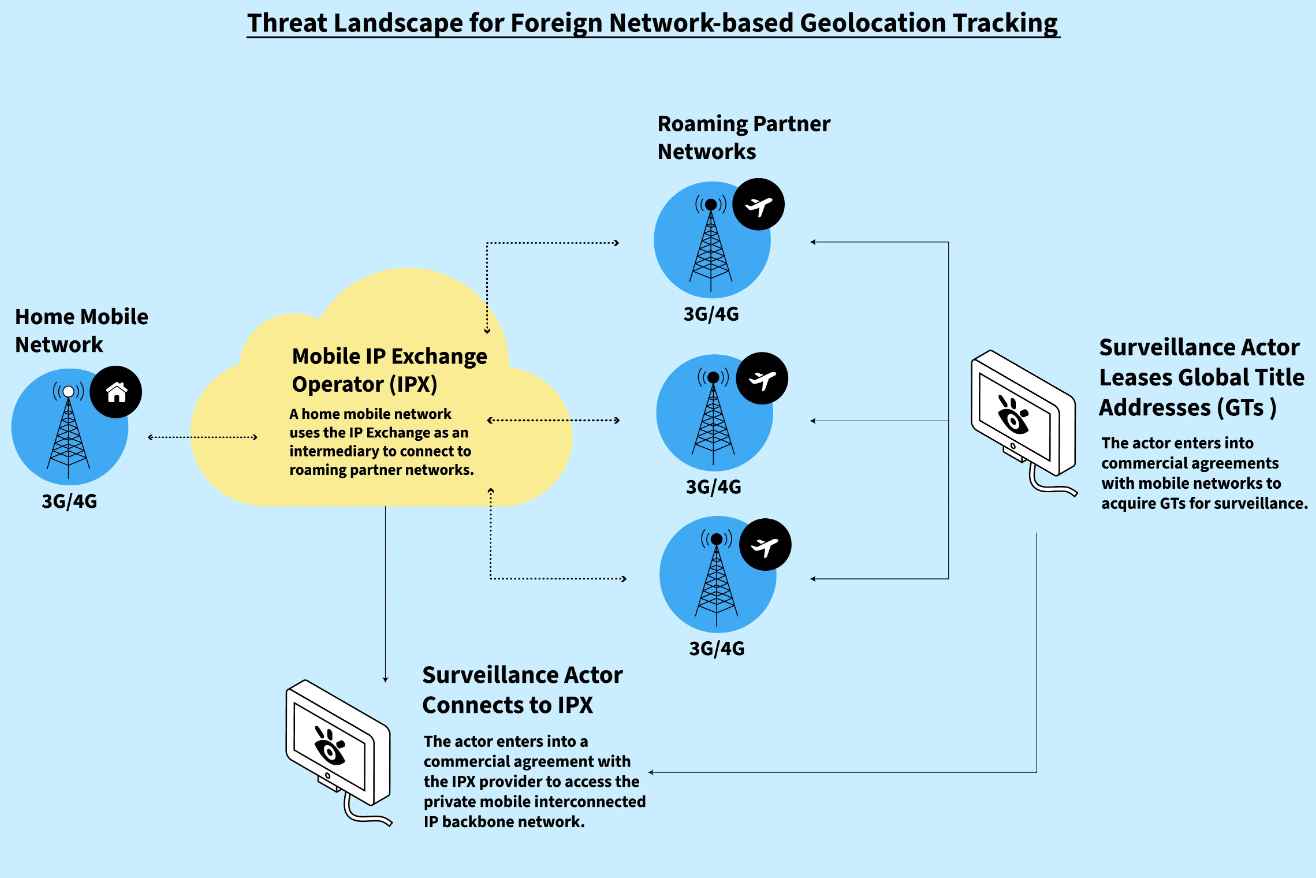Recent cybersecurity research has unveiled a critical vulnerability impacting over 1,450 pfSense servers, exposing them to potential remote code execution (RCE) attacks. This vulnerability arises from a combination of command injection and cross-site scripting flaws, posing a significant threat to the security of these widely-used network appliances.
Key Findings and Concerns:
- Vulnerabilities in pfSense CE: The vulnerabilities were identified in pfSense CE (Community Edition) version 2.7.0. Researchers discovered two critical flaws that, when exploited in tandem, could lead to remote code execution attacks, allowing attackers to gain control over the affected systems.
- Dual Vulnerabilities Identified: (CVE-2023-42325) (CVE-2023-42327)The research uncovered two distinct but related vulnerabilities in pfSense CE 2.7.0. These include a command injection flaw and a cross-site scripting (XSS) vulnerability. When exploited in combination, these vulnerabilities can lead to remote code execution (RCE) attacks.
- Command Injection Flaw(CVE-2023-42326):: The command injection vulnerability allows an attacker to execute arbitrary commands on the system. This type of vulnerability is particularly dangerous as it can give attackers the same level of access to the system as the user running the vulnerable service.
- Cross-Site Scripting (XSS) Vulnerability: The XSS vulnerability in pfSense CE can be exploited to run malicious scripts in the context of the user’s browser session. This can lead to a variety of malicious activities, including stealing session cookies, which can compromise the user’s session.
- Remote Code Execution (RCE) Risk: The combination of these vulnerabilities creates a pathway for remote code execution. This means an attacker could potentially take full control of the pfSense device, leading to severe security breaches, including data theft, unauthorized network access, and disruption of services.
- Exploitation Potential: The ease of exploitation of these vulnerabilities adds to the severity of the issue. Attackers with knowledge of these vulnerabilities can exploit them without needing sophisticated skills, making it a pressing concern for all pfSense CE users.
- Patch Availability: Netgate, the company behind pfSense, has released patches to address these vulnerabilities. It is crucial for users and administrators to apply these updates as soon as possible to mitigate the risks associated with these security flaws.
- Widespread Impact: Given the popularity of pfSense as a firewall and router solution, especially among small to medium-sized enterprises, the impact of these vulnerabilities is potentially widespread, affecting a large number of users and networks.
- Exposure of pfSense Instances: Investigations have revealed that around 1,450 pfSense instances, accessible online, are vulnerable to the identified security flaws. This number indicates a substantial portion of the pfSense user base that could be at risk. The fact that these pfSense instances are exposed online exacerbates the risk. Being accessible over the internet makes them potential targets for remote attackers who can exploit the vulnerabilities without needing physical access to the network. The combination of command injection and cross-site scripting vulnerabilities in these instances creates a potential for remote code execution (RCE). This means that an attacker could remotely execute arbitrary code on the affected pfSense device, leading to complete system compromise.
- Nature of the Security Flaws: The vulnerabilities involve dangerous command injection and cross-site scripting (XSS) flaws. These types of vulnerabilities are particularly alarming because they can be exploited to run malicious scripts or commands, leading to a full compromise of the server.
- Patch Management Lag: Despite the availability of patches released by Netgate, the company behind pfSense, a significant number of instances remain unpatched and vulnerable. This delay in applying critical updates leaves these systems exposed to potential cyber attacks.
- The Criticality of Timely Updates: This situation highlights the crucial importance of regular system updates and patch management in the realm of cybersecurity. Systems running outdated or unpatched software are often prime targets for cybercriminals looking to exploit known vulnerabilities.
- Potential Impact of Exploitation: If these vulnerabilities are exploited, the consequences could be severe. They range from unauthorized access to sensitive data and disruption of network services to the potential for widespread malware infection.
- Urgent Call to Action: Administrators and users of pfSense servers are strongly advised to update their systems to the latest version immediately. This action is necessary to mitigate these vulnerabilities and protect against potential exploitation by malicious actors.
The revelation of these vulnerabilities in pfSense servers serves as a stark reminder of the ever-present and evolving nature of cybersecurity threats. It underscores the need for constant vigilance, regular system updates, and robust security protocols to safeguard digital infrastructures.

Information security specialist, currently working as risk infrastructure specialist & investigator.
15 years of experience in risk and control process, security audit support, business continuity design and support, workgroup management and information security standards.















